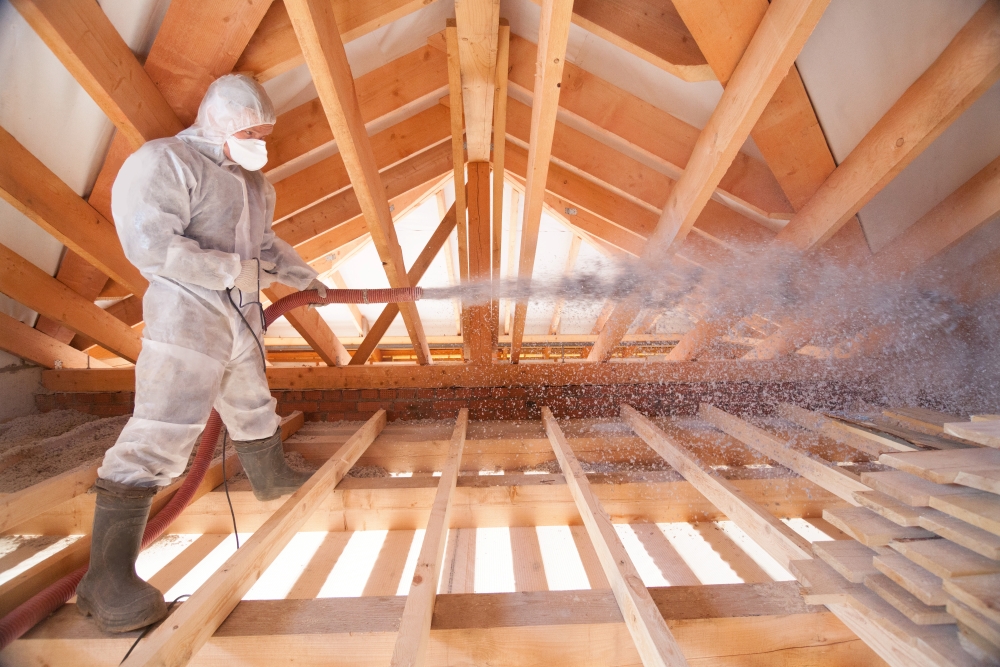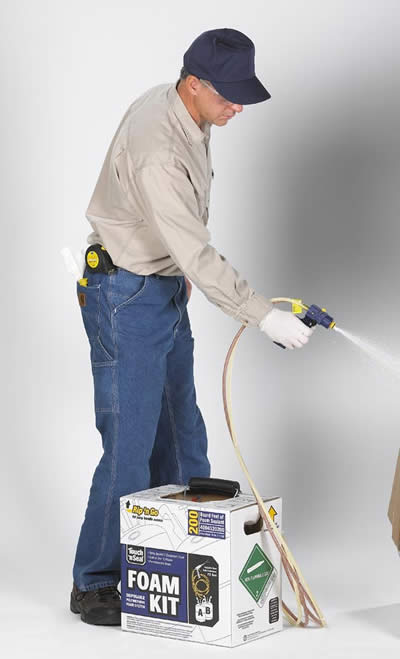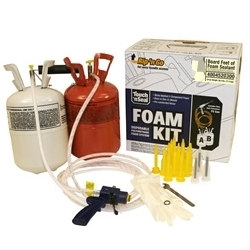Insulating your home or building is a top priority whether you’re starting a new project or upgrading an existing structure. Fireblock foam is a low expansion foam that takes this just a step further. In addition to reducing energy loss and costs, it also works to limit the spread of flames, toxic smoke, and harmful gasses.
How Does Fireblock Foam Work?
The foam is designed to expand ever so slightly to properly fill in cracks and gaps in areas where it is required. The expansion alone makes it a much more effective tool for fire blocking than other standard materials. Additionally, the bright orange color provides clear visibility to inspectors as a Type V construction approved fireblock foam. Once bonded, it blocks air from entering the intended space, helping to fend off the free passage of smoke, flames, and other by-products of combustion between floors, rooms, and wall cavities.

Fireblock foam is a low expansion foam that protects residential and commercial spaces from smoke, flames, and other by-products of combustion between floors, rooms, and wall cavities.
Properly Sealing with Low Expansion Foam
When working with polyurethane foam or other sealants, be sure to wear eye and skin protectants. This includes goggles or protective glasses with shields, nitrile gloves, and protective clothing. Once ready, make sure to apply the foam in a space that is well-ventilated and with certified respiratory protection or a powered air purifying respirator (PAPR). Each manufacturer of polyurethane sealants creates a detailed Safety Data Sheet (SDS) with specifics that should be carefully read before applying foam.
Fireblock foam is typically applied with a foam gun or straw. When applied, it is:
- Tack-free in approximately five minutes
- Cuttable in approximately one hour
- Fully cured in 12-24 hours
To achieve the best results, make sure the foam being used is ICC compliant for fire blocking, and has been tested with modified ASTM-814 and UL-1715. Fireblock foam that meets these requirements withstand the pressure of flames more than twice as long as other competing foams, providing precious additional seconds to a dangerous situation.












